Video: How The Glock 43X And Glock 48 Advance The Slimline Series | Gun Digest-MTR Custom Leather has holsters for both weapons
Glock’s extremely popular Slimline Series took a big step forward with the enhanced-capacity Glock 43X and Glock 48.
Undoubtedly, Glock has been among the top players in the concealed carry pistol market. Outside of their long-slides, there’s a case to be made that nearly every model in the legendary gunmaker’s catalog is a potential undercover option, at least for some armed citizen out there. In recent years, however, the company has turned its studied eye to producing pistols optimized to the hilt for everyday carry.
The Glock Slimline Series is the gunmaker’s response to consumer demand for single-stack options. This year the line got a couple upgrades that make it hard to deny Glock is hitting its groove with this configuration. The Glock 43X and Glock 48 not only offer enhanced capacity over the original Slimline G42 and G43, but greater shootablity. Actually the two walk hand-in-hand for the 9mms.
To squeeze in more rounds for 10+1 capacity, Glock had to extend the grip of the pistols. Given its mastery at packing rounds into limited real estate, the lengthening wasn’t by leaps and bounds. With a magazine, the Glock 43X and Glock 48 both have a height of 5.04 inches, which is around ¾ of an inch greater than the Glock 43. This shouldn’t make them a bear to conceal, at the same tick, most shooters will have enough grip to get their entire hand on the pistols. It makes a difference.
Need a good leather holster for the Glock 43x or Glock 48 or both. CHECK out www.mtrcustomleather.com. CHOOSE your holster and then you will find your weapon listed below in the drop down box.
Source: Video: How The Glock 43X And Glock 48 Advance The Slimline Series | Gun Digest
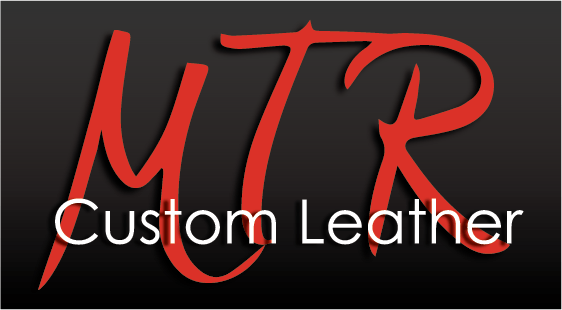
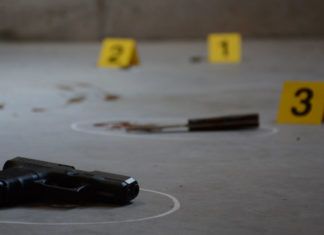
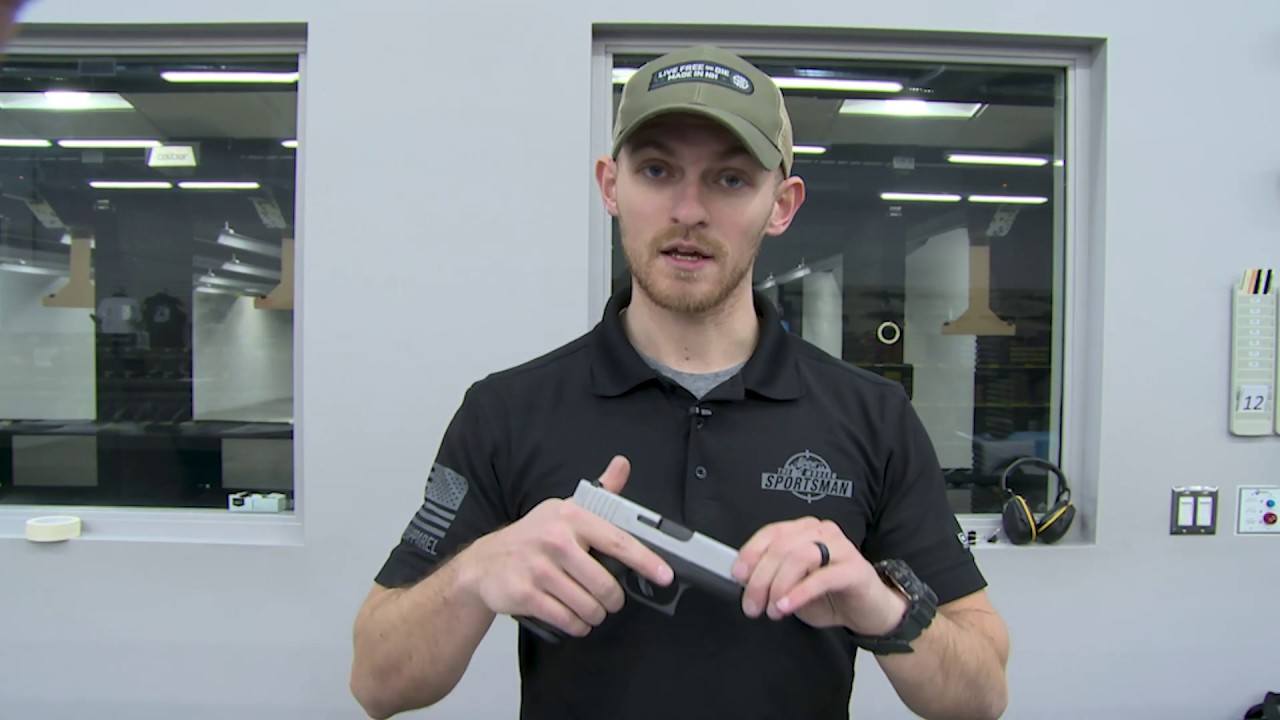


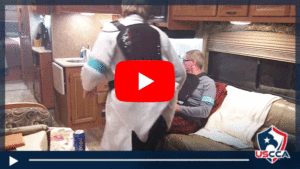

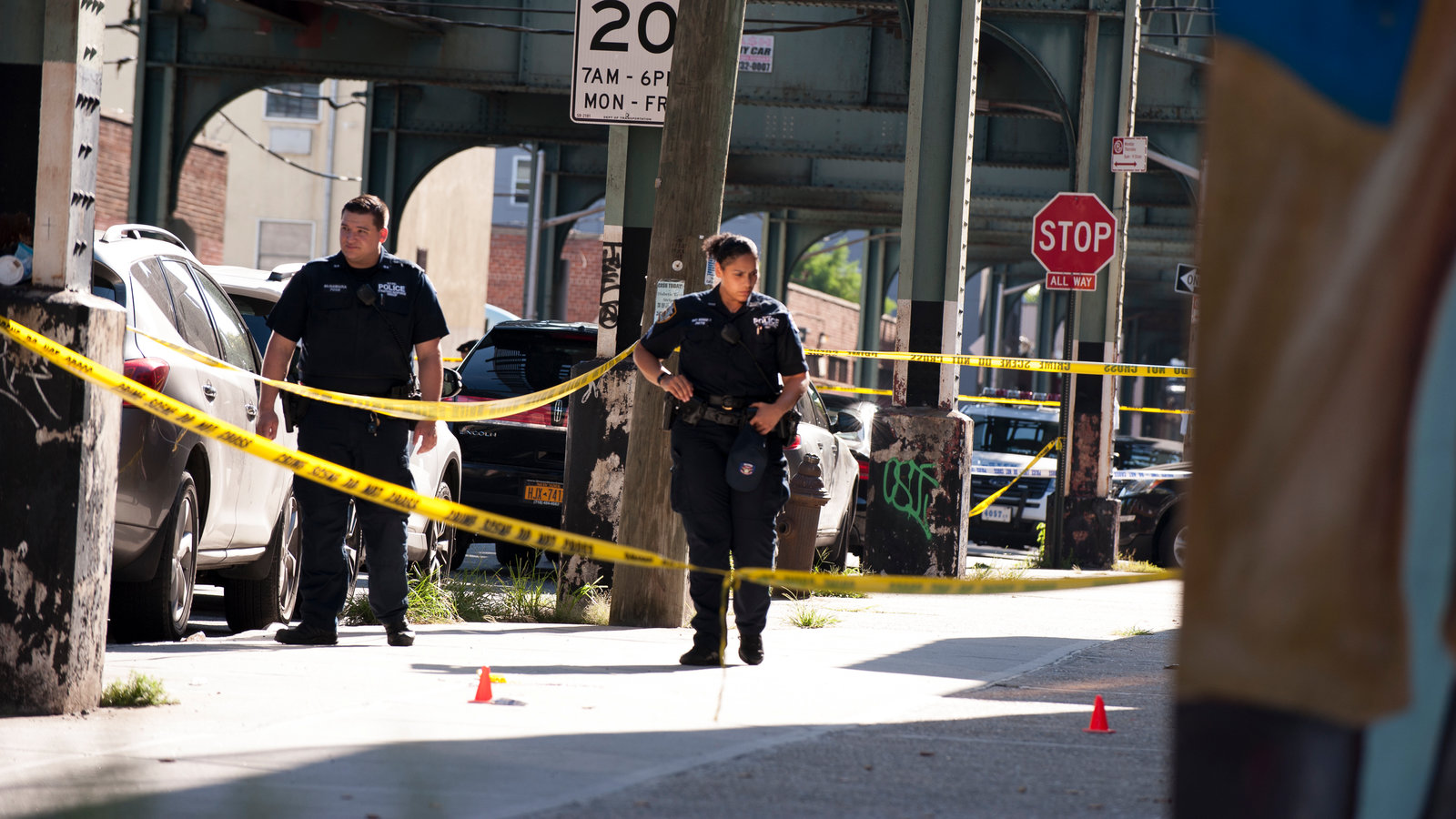
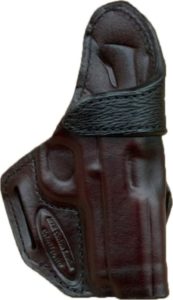
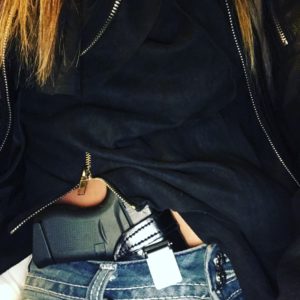

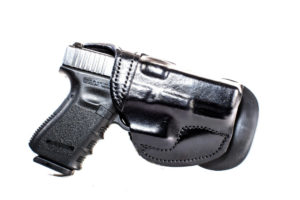
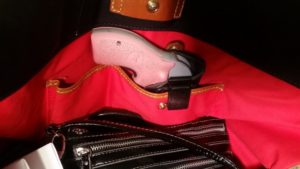 Consider a bag or purse, using MTR A-3A Tuckable Adversary with Ulticlip3
Consider a bag or purse, using MTR A-3A Tuckable Adversary with Ulticlip3 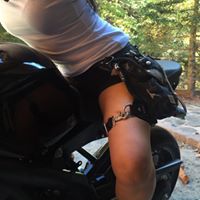
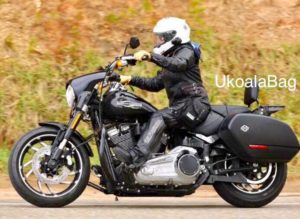
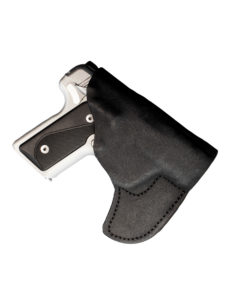







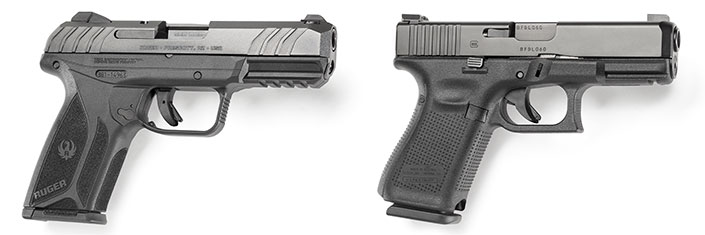
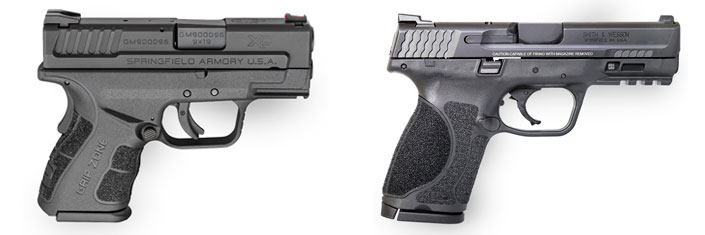
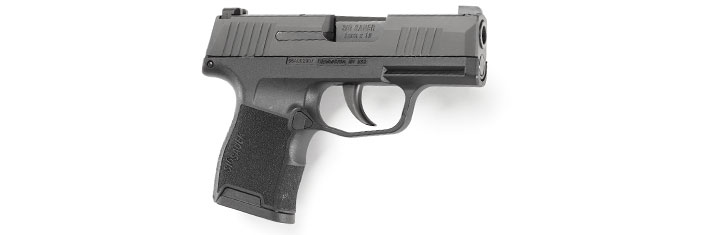

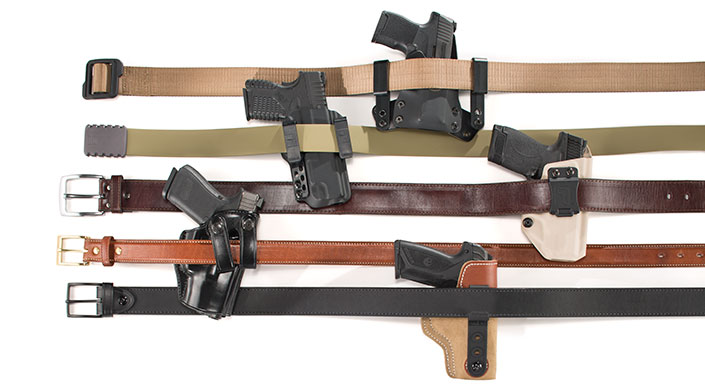

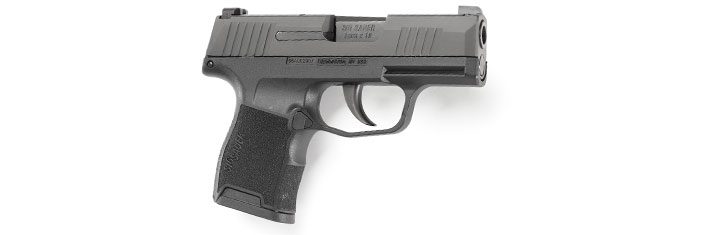
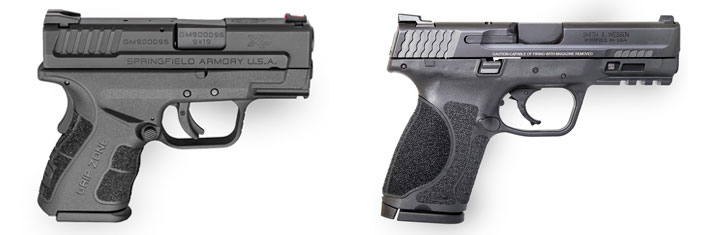
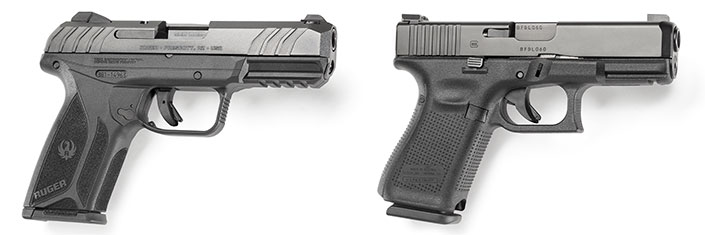
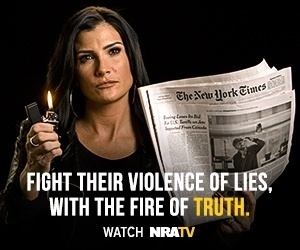 (Check out www.mtrcustomleather.com)
(Check out www.mtrcustomleather.com)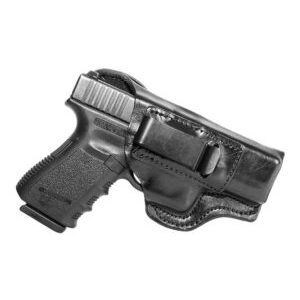
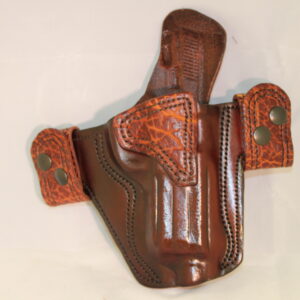
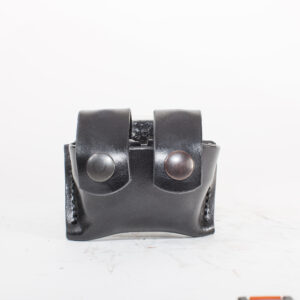
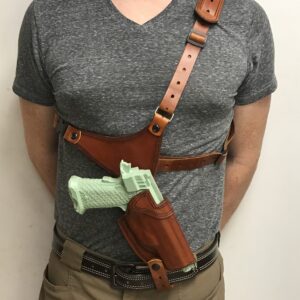
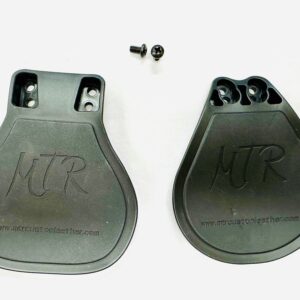
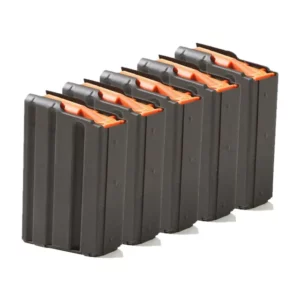
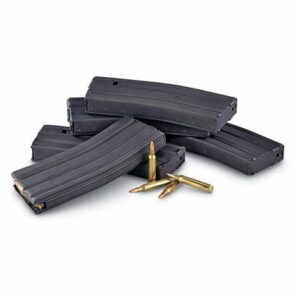
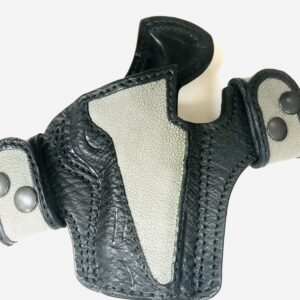
Recent Comments